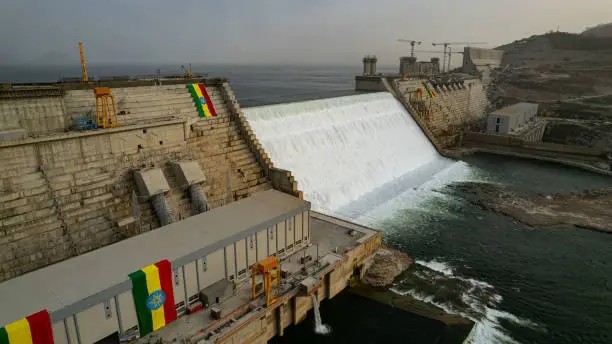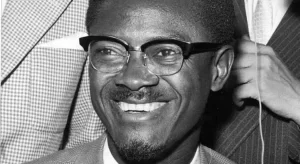Ethiopia has finished building mega-dam on Nile, PM says
3 min read
"A general view of the Grand Ethiopian Renaissance Dam, Africa's largest hydroelectric project, now officially completed amid regional concerns."
Ethiopia Celebrates Completion of Grand Renaissance Dam Amid Regional Tensions
Mega Project Completed After Over a Decade
Ethiopia has officially announced the completion of its long-anticipated Grand Ethiopian Renaissance Dam (GERD), the continent’s largest hydroelectric power plant. Launched in 2011, the $4 billion infrastructure project has been a major point of pride for Ethiopians and is hailed as a turning point for the country’s energy future.
A Source of Power and National Pride
The GERD is built on the Blue Nile in the Ethiopian highlands, where nearly 85% of the Nile River’s water originates. Measuring more than a mile in length and standing 145 meters high, the dam is designed to produce vital electricity for Ethiopia. Currently, around 60% of Ethiopians lack access to electricity—an issue this project aims to address.
Tensions With Downstream Neighbours
Despite Ethiopia’s celebration, the dam has long been a point of contention for downstream nations, Egypt and Sudan. Both countries depend heavily on the Nile River for freshwater. Egypt, which relies on the Nile for nearly 97% of its water supply, fears that a disruption in water flow—even as little as 2%—could jeopardize about 200,000 acres of agricultural land.
Ethiopia Calls for Cooperation

In a public statement, Prime Minister Abiy Ahmed sought to ease concerns and emphasized collaboration. “To our neighbours downstream—Egypt and Sudan—our message is clear: the Renaissance Dam is not a threat, but a shared opportunity,” he stated. Abiy stressed Ethiopia’s commitment to regional unity, reiterating, “We believe in shared progress, shared energy, and shared water.”
Invitation to Inauguration as a Peace Gesture
In a move seen as conciliatory, Abiy announced that both Egypt and Sudan would be invited to the dam’s official inauguration ceremony set for September. This gesture aims to foster dialogue and cooperation, especially in light of previous failed negotiations on water sharing and dam operations.
International Attention and Past Threats
The dispute has attracted international attention. In 2020, then-US President Donald Trump claimed that Egypt had threatened to “blow up” the dam due to unresolved tensions. Although dramatic, the statement underscored the geopolitical sensitivity surrounding the dam’s construction.
Egypt and Sudan Stand Firm
Earlier this week, Egyptian President Abdel Fattah al-Sisi and Sudan’s military leader Abdel Fattah al-Burhan met and reiterated their opposition to any unilateral decisions concerning the Nile. According to the AFP news agency, the two leaders “stressed their rejection of any unilateral measures in the Blue Nile Basin.”
Hydropower Versus Hydropolitics
While Ethiopia sees GERD as the key to unlocking economic growth through energy access, Egypt and Sudan see it as a threat to their very survival. The challenge lies in balancing Ethiopia’s right to development with the water security of its neighbours. Abiy reaffirmed Ethiopia’s willingness to engage in constructive dialogue, though years of negotiations have yet to yield a comprehensive agreement.
Looking Ahead
As Ethiopia prepares for the dam’s official inauguration, the eyes of Africa and the global community remain on the Horn of Africa. Whether the GERD becomes a symbol of shared prosperity or deepens divisions will depend largely on the diplomatic steps taken in the coming months.





